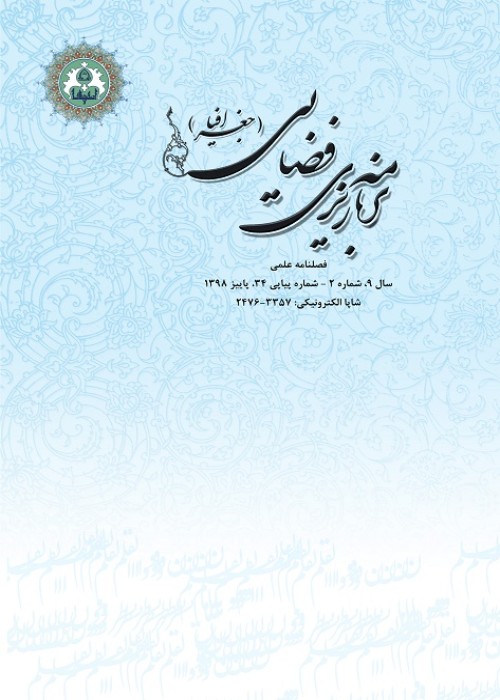an analysis of socio- economic and cultural effects of southern pars projects & installataions on the villages in Busheher Province
Author(s):
Abstract:
Today, large industrial projects are bringing about economic,social and cultural developments. Yet, the developments are not completely in line with the industrial changes. This research is thus an attempt to study the socioeconomic and cultural influences of South Pars Projects and Facilities on the rural structures in Jam, Dayyer, and Kangan, in Bushehr province. The study was conducted based on the Growth Pole Theory, Friedman’s Core – periphery Theory, and Hagerstrand. The data collected was analyzed using different models. The results indicated both positive and negative effects of the Pars Facilities on the villages in the region. The positive dimension includes rural economic growth, employment, expansion of small business companies, active participation of contractors in the oil related projects, development of housing sector, population growth, change in gender balance, change in the kind of economic activities, expansion of social facilities and services,… Most influence was observed on the villages and cities in Kangan, especially in rural districts of Asaluyeh, Naiband, and Taheri.The problems associated with the industries in the region are also numerous, some of which can be recounted as follows: the influx of the unemployed, evacuation of the nearby villages, soaring prices of the houses and their rents, destruction of farmlands, fishing and the related industries, unbalanced distribution of facilities and services, sectarian divide between Sunnis and Shias, social perversions and delinquencies (drug addiction and theft,…), environmental problems (air and water pollution), and many more which would be on the rise in future. Factor analysis also revealed that the positive effect of South Pars Facilities on Rural structures has been about63.5 percent,including educational and cultural issues26.9%, economic 11.3%, life satisfaction 9.9%, cultural activities7.9%, and participation in the investments 7.56 %.By contrast, the negative effect has been 36.66 % which comprises social perversions and crimes(17.9%),negative economic effect(11.7%), and negative and preventive beliefs(7.06%).The conclusion and suggestions are provided based on the Swot model
Keywords:
Language:
Persian
Published:
spatial planing, Volume:5 Issue: 1, 2015
Pages:
101 to 122
magiran.com/p1492665
دانلود و مطالعه متن این مقاله با یکی از روشهای زیر امکان پذیر است:
اشتراک شخصی
با عضویت و پرداخت آنلاین حق اشتراک یکساله به مبلغ 1,390,000ريال میتوانید 70 عنوان مطلب دانلود کنید!
اشتراک سازمانی
به کتابخانه دانشگاه یا محل کار خود پیشنهاد کنید تا اشتراک سازمانی این پایگاه را برای دسترسی نامحدود همه کاربران به متن مطالب تهیه نمایند!
توجه!
- حق عضویت دریافتی صرف حمایت از نشریات عضو و نگهداری، تکمیل و توسعه مگیران میشود.
- پرداخت حق اشتراک و دانلود مقالات اجازه بازنشر آن در سایر رسانههای چاپی و دیجیتال را به کاربر نمیدهد.
In order to view content subscription is required
Personal subscription
Subscribe magiran.com for 70 € euros via PayPal and download 70 articles during a year.
Organization subscription
Please contact us to subscribe your university or library for unlimited access!


